Biotechnology DefinitionThe use of biology in the creation of new things?organisms, processes, and products?with the goal of enhancing society and human health?is known as biotechnology. Since the introduction of domesticated plants and animals and the discovery of fermentation, biotechnology, or biotech, it has been a part of human culture. 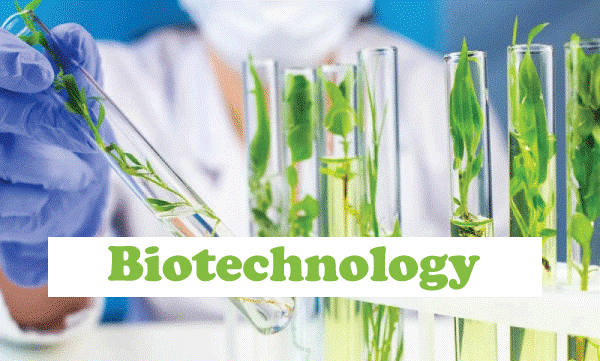
Early uses of biotechnology resulted in the creation of goods like bread and vaccinations. Nevertheless, the field has developed greatly over the past century in ways that interfere with the genetic makeup and biomolecular functions of living things. History of BiotechnologyThe agricultural revolution marked the beginning of biotechnology at least 6,000 years ago. This early period was marked by the exploitation of living things in their natural forms or the selective breeding that altered their genetic makeup. Around the same time, people discovered how to use fermentation as a biological process to make cheese, bread, and wine. Selective breeding was also used to start modifying the genetics of domesticated plants and animals. 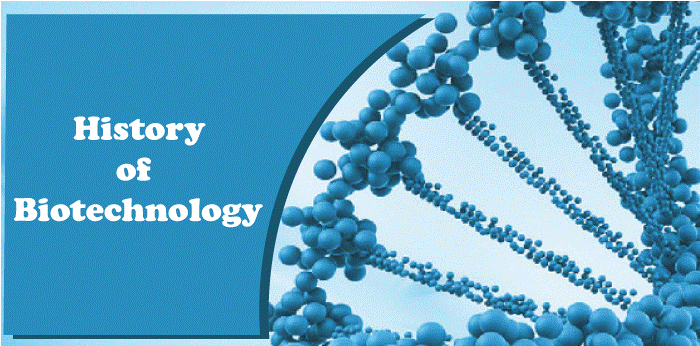
Selective breeding involves mating parents with desirable traits to express or eliminate certain genetic traits in children. Selectively bred species change through time to become distinct from their wild predecessors. For instance, during the agricultural revolution, wheat was deliberately grown so it would not fall to the ground like wild wheat when harvested. In contrast to their wolf predecessors, dogs have been carefully developed to be more docile. However, it may take a while for biotech techniques like selective breeding to exhibit changes in a species. Until the 19th century, when scientist Gregor Mendel uncovered the fundamentals of heredity and genetics, biotechnology was restricted to these laborious, agricultural techniques. Types of Biotechnology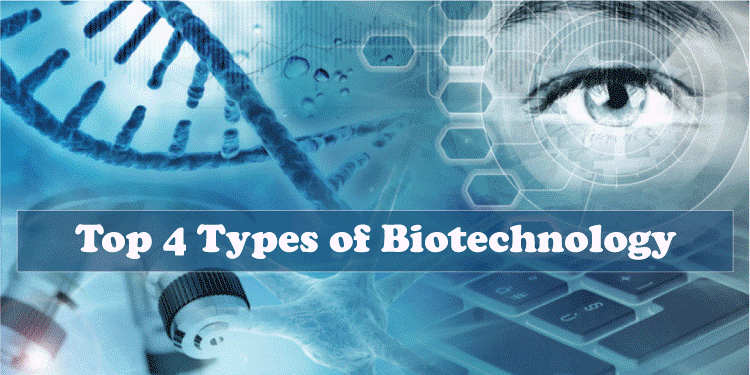
1. Medical Biotechnology Medical biotechnology refers to the use of living cells and other cell elements to enhance human health. The main purposes of these are to find cures for diseases and to prevent and eradicate them. The science entails using these methods to look into new or improved ways to protect human health, understand infections, and know human cell biology. Pharmaceutical drugs and other chemicals are created using this process to treat illnesses. It starts with observing the animal, plant, and bacterial cells to understand how they function at a fundamental level. It heavily relies on the study of DNA (Deoxyribonucleic Acid) to figure out how to change the genetic makeup of cells and promote the production of beneficial features that humans could find useful, such the manufacturing of insulin. New drugs and treatments are frequently stimulated by the field. 2. Agricultural Biotechnology Agricultural biotechnology focuses on creating genetically altered plants to boost agricultural yields or add traits to those plants that provide them with a benefit while growing in areas where there are environmental stresses on the plant, such as weather and pests. In certain cases, the method involves identifying a characteristic, locating the gene that produces it, and then transferring that gene into another plant to give it the desired feature, making it more robust or enabling it to produce greater yields than it did previously. 3. Industrial Biotechnology Commercial fermentation is a part of industrial biotechnology, which is the application of biotechnology for commercial purposes. Modern molecular biology methods are used to boost productivity and minimize the numerous negative environmental consequences of industrial processes, such as the manufacturing of paper and pulp, chemicals, and textiles. It involves the process of using microorganisms, such as cells, or sections of cells, such as enzymes, to make commodities in businesses that may use them, such as food and feed, chemicals, detergents, paper and pulp, textiles, biofuels, and biogas. In the last 10 years, there has been a tremendous advancement in the creation of genetically modified organisms (GMOs), which expand the range of applications and financial viability of industrial biotechnology. Moreover, it is constantly attempting to lower greenhouse gas emissions by moving away from a petrochemical-based economy and utilizing renewable raw materials to produce a variety of chemicals and fuels. 4. Environmental Biotechnology Environmental biotechnology is a tool used in waste treatment and pollution control that may clean up a variety of wastes more effectively than traditional methods while also reducing our reliance on ways for land-based disposal. Every living thing needs nutrients to survive, and as a result, it creates waste products. However, various creatures require different kinds of nutrition. Some bacteria also survive on the chemical elements of waste materials. Color Classification of Branches of Biotechnology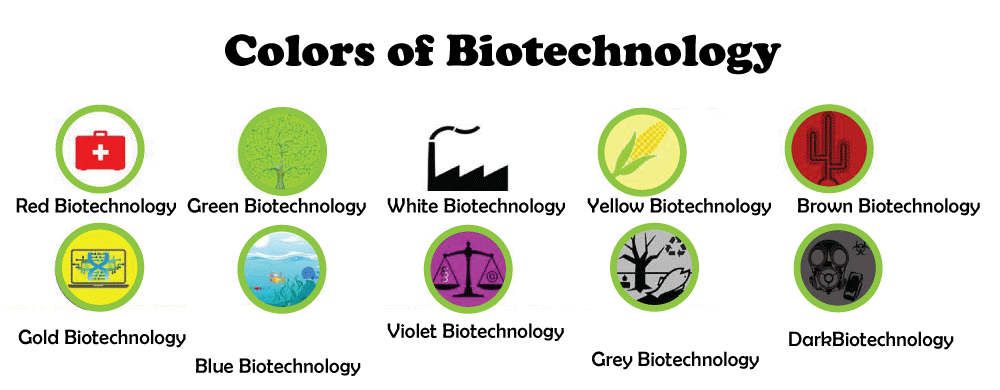
1. Gold Biotechnology- Computational biology, also known as gold biotechnology or bioinformatics, may be described as "conceptualizing biology" to handle biological issues using computational approaches. This allows for the quick organizing and analysis of biological data. 2. Red Biotechnology- Red Biotechnology (Biopharma) is concerned with pharmaceutical and veterinary goods. It can aid in the development of novel medications, regenerative treatments, vaccines, antibiotics, molecular diagnostic tools, and genetic engineering methods to treat illnesses through genetic modification. 3. White Biotechnology- Industrial biotechnology serves as a model for White Biotechnology in order to create processes and products that are superior to traditional ones in terms of energy efficiency, pollution reduction, and resource usage. 4. Yellow Biotechnology- The term "yellow biotechnology" refers to the application of biotechnology in the production of food, such as the fermentation of wine, cheese, and beer. 5. Grey Biotechnology - Grey Biotechnology refers to environmental applications to sustain biodiversity and the elimination of pollutants or toxins utilizing microbes and plants to separate and dispose of numerous sorts of compounds such as heavy metals and hydrocarbons. 6. Green Biotechnology - Green biotechnology strongly emphasizes agriculture, which includes developing new plant types with agricultural value as well as biopesticides and biofertilizers. This branch of biotechnology relies only on transgenics, or genetic alteration, in which an additional gene or genes are injected into the target organism's DNA. The extra gene might be from the same species or another. 7. Blue Biotechnology - Blue biotechnology is based on using marine resources to produce goods and applications in the potentially enormous variety of industries to profit from this sort of biotechnology. 8. Violet Biotechnology addresses Violet Biotechnology - The legal, moral, and philosophical issues of biotechnology. 9. Dark Biotechnology - Dark biotechnology is linked to bioterrorism, biological weapons, and biowarfare that employ germs and poisons to kill crops, domesticated animals, and people. Applications of Biotechnology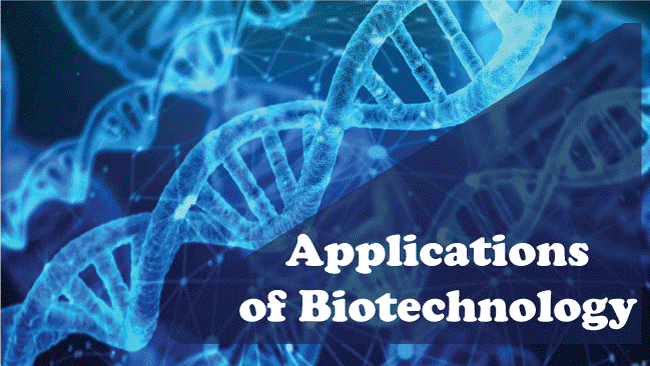
There are several uses for biotechnology in the sciences, health, and other sectors. Below are the top five uses for biotechnology: 1. Biotechnology in AgricultureFood processing is necessary for converting raw food ingredients into processed food that is edible and keeps its freshness over time.
2. Application of Biotechnology in Food ProcessingA number of benefits may be obtained by processing food items utilizing biotechnological methods, including:
3. Medical Applications of BiotechnologyLiving things are employed in medical biotechnology to improve illness detection and therapy. Medical personnel can provide accurate diagnostics, specialized treatment for uncommon diseases, and effective sickness management due to biotechnological instruments. For instance:
4. Biomaterials and Biopolymers Based on BiotechnologyDue to their biocompatibility and safety, biopolymers and biomaterials have many uses in medicine and therapies. They consist of the following:
5. Biotechnology and the EnvironmentIn order to improve the environment and the earth as a whole, environmental biotechnology blends both bioengineering and scientific concepts. Consider a few benefits and uses of biotechnological methods for enhancing the environment:
Advantages and Disadvantages of Biotechnology
Advantages of Biotechnology1. Enhancing the Nutritional Value of Crops Crops' nutritional content, both in terms of quantity and quality, has improved with the advent of biotechnology. The consumer receives much-needed nutritional advantages for a healthy and balanced diet when crops are improved with crucial nutrients and vitamins. As a result, the nutritional content of food produced using biotechnology processes has improved. The treatment of undernourished children in rural places is also aided by eating a meal that meets all nutritional requirements. A nutritionally upgraded diet will enable the food security groups to provide food in fewer amounts to a larger population. This is so they may consume less food while still getting the proper quantity of nourishment. 2. Preservation of Resources The shelf life of our food sources has been extended via biotechnology. Together with the use of freezing and drying of food items, it has also lengthened the time that food may be preserved by salting. Given that the crops are more resistant to ripening than they once were, they have a longer shelf life. 3. The Use of Genetic Testing Due to the simplicity of genetically screening vulnerable and high-risk groups for the possibility of having hereditary illnesses, biotechnology has made it possible to identify genetic anomalies more effectively. In order to determine the chance that the infant may have congenital disabilities, the maternal or paternal chromosomes might be used. Genetic screening looks at chromosomes, genes, or proteins to find these anomalies. 4. Growth Farmers are now able to make far more money than they previously could because of improved crops and their capacity to be cultivated in a range of seasons. Since pest-resistant crops are used , less money is spent on pesticides and other synthetic chemicals. The farmers may make money all year long and produce a high nutritional and quality crop, enabling them to sell at a profit. Due to increasing yields, both quantity and quality have improved. This has made it possible for farmers to improve their agricultural land by making investments with the money they are making. Since the introduction of biotechnology, many farmers and their farms have been revitalized, allowing them to continue farming and even enhancing the potential that their future generations may also be able to do so. 5. Improves Food Security It is impossible to overstate the value of biotechnology. It is challenging for all individuals to receive appropriate nutrition because of the worldwide hunger that has enveloped the earth. This could occur as a result of the local food shortage or the inability to cultivate staple crops in a particular region far from other food sources. Biotechnology makes food more readily available, making it possible to cultivate many crop species in conditions that weren't previously feasible. It is a benefit for the emerging and less developed nations on our planet since they can now cultivate and gather crops locally, which lowers the rates of starvation and malnutrition there. Disadvantages of Biotechnology1. Crop Blight Chlorosis, or the loss of the chlorophyll-green hue of leaves, is a form of the disease known as blight. Due to the plant's inability to perform enough photosynthesis, this might result in the withering or death of tubers and leaves. The undesirable emergence of blight in crops is a result of the use of biotechnology. 2. Loss of Soil Fertility Crops that have been genetically modified can absorb a lot of minerals and vitamins from the soil. This intense effort may endanger the soil's fertility, making it challenging to adequately cultivate and harvest subsequent harvests. In order to restore its fertility, the soil needs plenty of time; otherwise, food production may suffer. Farmers use fertilizers despite the fact that they may be quite harmful in the long run due to the excessive loss of nutrients from the soil. 3. A Field of Uncertainty Several individuals think that the coronavirus may have originated from genetic engineering even as it spreads like a pandemic worldwide. They might be correct! Although we have learnt and found a lot about biotechnology over the last few decades, many questions still need to be answered. 4. Modification of Genes The knowledge that genes can be changed to generate better versions of humans, animals, and plants have motivated people to use these techniques more frequently out of avarice. Even if the children are not in danger of contracting any underlying disorders, biotechnology is now frequently used to improve offspring with the parent's selected phenotype. 5. Expenses Are Very High Biotechnology is exceedingly expensive in medicine, and it might be challenging to balance its advantages and disadvantages. The majority of biotechnology's present products are more costly and impractical than the chemical drug equivalents that are currently on the market. The price may drop dramatically when these biotechnological developments are produced in large quantities. ConclusionIn summary, the area of biotechnology is quite varied. Superior variants of many species and systems are made possible through ongoing study and development. There are many uses for biotechnology, including those in agriculture, medicine, and other industries.
Next TopicBreastfeeding Definition
|
 For Videos Join Our Youtube Channel: Join Now
For Videos Join Our Youtube Channel: Join Now
Feedback
- Send your Feedback to [email protected]
Help Others, Please Share










